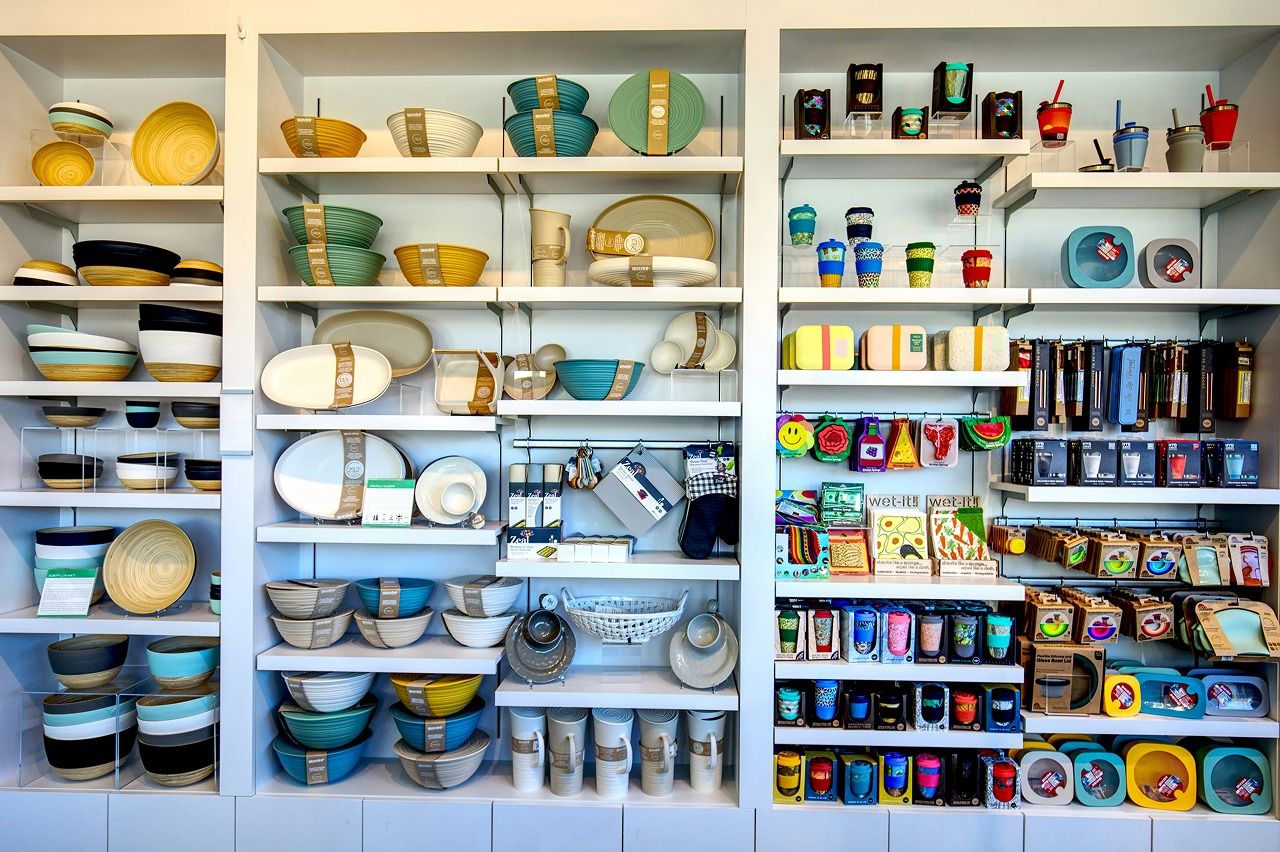
Text-to-Image Generative Models
What are Text-to-Image Generative Models?
Text-to-Image Generative Models are advanced AI systems designed to generate realistic or stylized images based on textual descriptions. Using techniques such as deep learning and transformer architectures, these models interpret text inputs and synthesize corresponding visual content. Popular examples include OpenAI’s DALL-E and Stability AI’s Stable Diffusion. These models are transformative in fields like design, advertising, and gaming.
Why are they Important?
Text-to-Image Generative Models bridge the gap between human creativity and machine intelligence. They enable users to create detailed and contextually accurate visuals without traditional design skills, reducing production time and cost. Their applications range from generating marketing assets to facilitating creative projects, enhancing accessibility and efficiency.
How are they Managed and Where are they Used?
These models are trained on large datasets containing text-image pairs, enabling them to learn relationships between textual descriptions and visual features. Fine-tuning ensures outputs align with specific use cases. They are widely used in:
- Advertising: Creating on-demand visuals for campaigns.
- Gaming: Generating assets like characters and environments from descriptions.
- Education: Producing illustrations for textbooks or e-learning content.
Key Elements
- Transformer Architecture: Powers the interpretation of text and image synthesis.
- Latent Space Representations: Maps textual inputs to visual features for image generation.
- Text Parsing: Analyzes input descriptions for accurate visual depiction.
- Style Adaptation: Adjusts outputs to match specified artistic styles.
- High-Resolution Outputs: Produces images with intricate details and clarity.
Recent Posts
Real-World Examples
- Product Design: Generating mockups for consumer goods from simple descriptions.
- Marketing Campaigns: Creating visuals tailored to specific audience demographics.
- Film and Animation: Developing concept art and storyboards based on scripts.
- Healthcare Visualization: Crafting anatomical illustrations for education and diagnostics.
- Social Media Content: Designing unique visuals for branding and engagement.
Use Cases
- Creative Arts: Assisting artists in visualizing concepts from text prompts.
- E-Commerce: Generating realistic product images for online stores.
- Education and Training: Illustrating complex topics with AI-generated visuals.
- Urban Planning: Visualizing architectural designs from descriptive specifications.
- Scientific Research: Producing visualizations of abstract scientific concepts.
Frequently Asked Questions (FAQs):

They are used to generate images based on text inputs, supporting applications like advertising, education, and product design.

They process text inputs using transformer architectures, map them to latent visual representations, and synthesize corresponding images.

Industries like entertainment, marketing, e-commerce, and education leverage these models for efficient and creative visual content generation.

Challenges include handling ambiguous descriptions, ensuring ethical use, and maintaining high-quality outputs for complex requests.

Traditional methods rely on manual design, while Text-to-Image Generative Models automate the process using AI to interpret and create visuals.
Are You Ready to Make AI Work for You?
Simplify your AI journey with solutions that integrate seamlessly, empower your teams, and deliver real results. Jyn turns complexity into a clear path to success.


